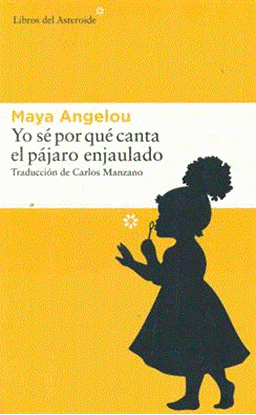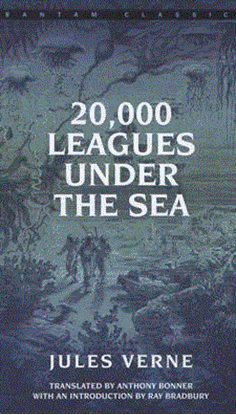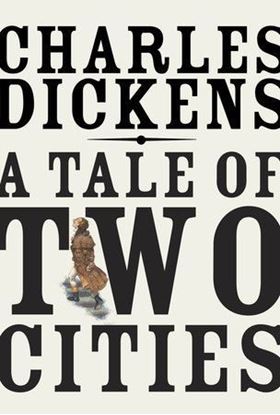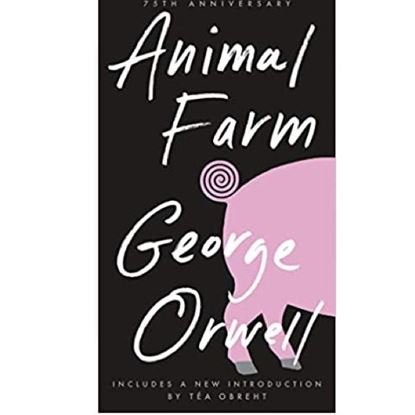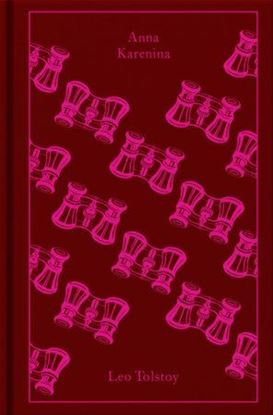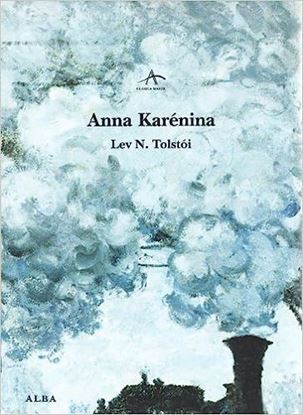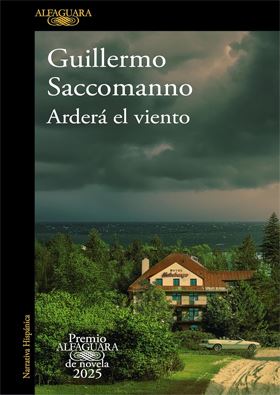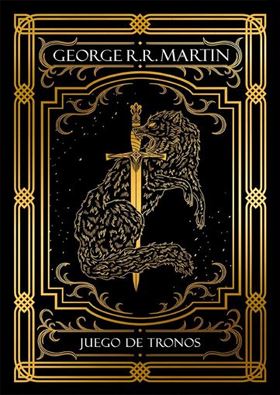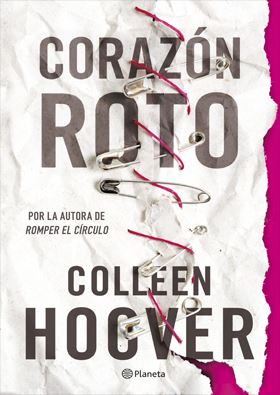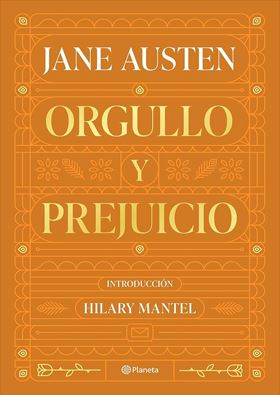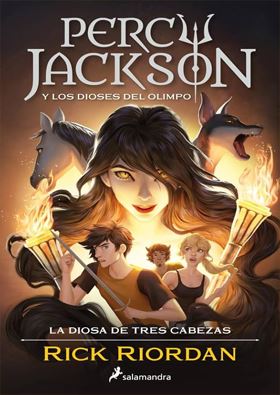

YO SE POR QUE CANTA EL PAJARO ENJAULADO
Maya Angelou nos habla de su dura infancia y de los trances por los que tuvo que pasar hasta convertirse en una mujer independiente. Criada en un pequeño pueblo de Arkansas por su abuela, Angelou aprendió mucho de esta mujer excepcional y de una comunidad negra extraordinariamente cohesionada. Unas lecciones de vida que le ayudarían a sobrellevar las dificultades que tendría que soportar en los años venideros, en San Luis y en California. Angelou tiene un don extraordinario para contar. Su libro, que es a la vez alegre y triste, misterioso y memorable, como la niñez, nos habla de los anhelos y miedos infantiles, del amor y del odio y de cómo las palabras pueden hacer del mundo un lugar mejor.
1,250
A TALE OF TWO CITIES
Set against the backdrop of the French Revolution, A Tale of Two Cities is one of Charles Dickens’s most popular and dramatic stories.
It begins on a muddy English road in an atmosphere charged with mystery and it ends in the Paris of the Revolution with one of the most famous acts of self-sacrifice in literature. In between lies one of Dickens’s most exciting books—a historical novel that, generation after generation, has given readers access to the profound human dramas that lie behind cataclysmic social and political events. Famous for its vivid characters, including the courageous French nobleman Charles Darnay, the vengeful revolutionary Madame Defarge, and cynical Englishman Sydney Carton, who redeems his ill-spent life in a climactic moment at the guillotine (“It is a far, far better thing that I do, than I have ever done”), the novel is also a powerful study of crowd psychology and the dark emotions aroused by the Revolution, illuminated by Dickens’s lively comedy.
850
ANIMAL FARM
George Orwell's timeless and timely allegorical novela scathing satire on a downtrodden societys blind march towards totalitarianism. All animals are equal, but some animals are more equal than others. A farm is taken over by its overworked, mistreated animals. With flaming idealism and stirring slogans, they set out to create a paradise of progress, justice, and equality. Thus the stage is set for one of the most telling satiric fables ever penneda razor-edged fairy tale for grown-ups that records the evolution from revolution against tyranny to a totalitarianism just as terrible. When Animal Farm was first published, Stalinist Russia was seen as its target. Today it is devastatingly clear that wherever and whenever freedom is attacked, under whatever banner, the cutting clarity and savage comedy of George Orwells masterpiece have a meaning and message still ferociously fresh.
700
ANNA KARENINA (TD)
Anna Karenina seems to have everything – beauty, wealth, popularity and an adored son. But she feels that her life is empty until the moment she encounters the impetuous officer Count Vronsky. Their subsequent affair scandalizes society and family alike and soon brings jealously and bitterness in its wake. Contrasting with this tale of love and self-destruction is the vividly observed story of Levin, a man striving to find contentment and a meaning to his life – and also a self-portrait of Tolstoy himself.
1,950
ANNA KARENINA (TD) (ALBA)
Anna Karénina, que Tolstói empezó a escribir en 1873 y no vería publicada en forma de libro hasta 1878, es una exhaustiva disquisición sobre la institución familiar y, quizá ante todo, como dice Víctor Gallego (autor de esta nueva traducción), «una fábula sobre la búsqueda de la felicidad». La idea de que la felicidad no consiste en la satisfacción de los deseos preside la detallada descripción de una galería espléndida de personajes que conocen la incertidumbre y la decepción, el vértigo y el tedio, los mayores placeres y las más tristes miserias.
2,200


